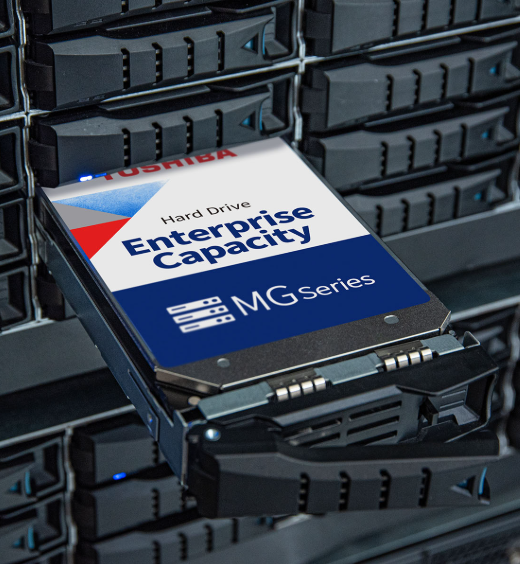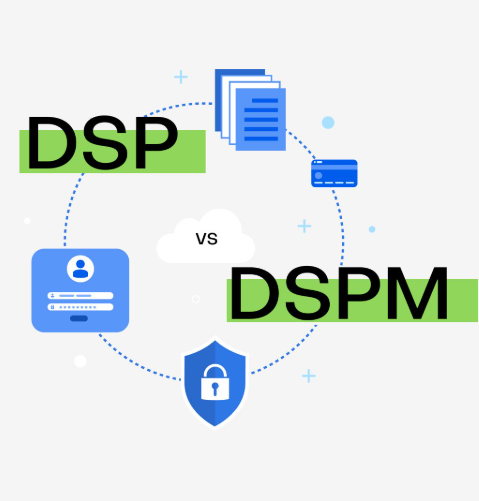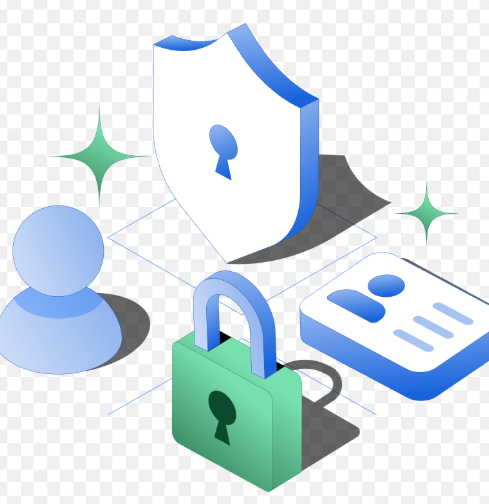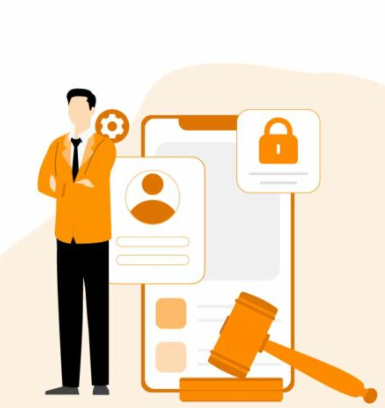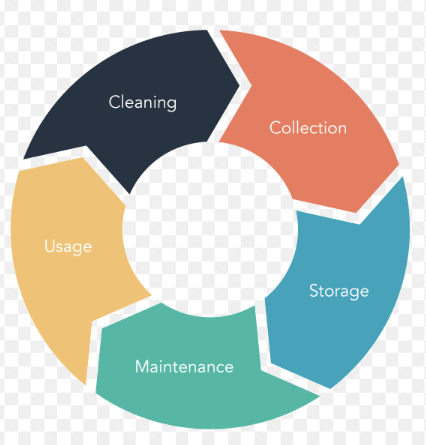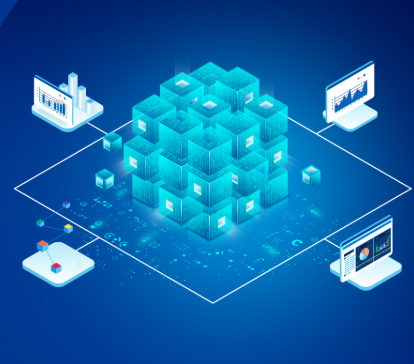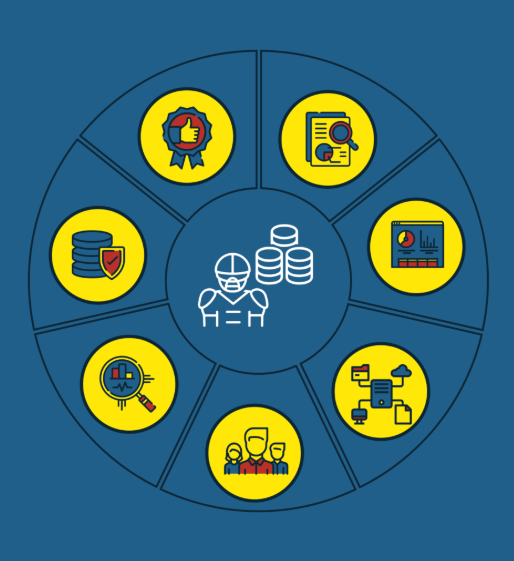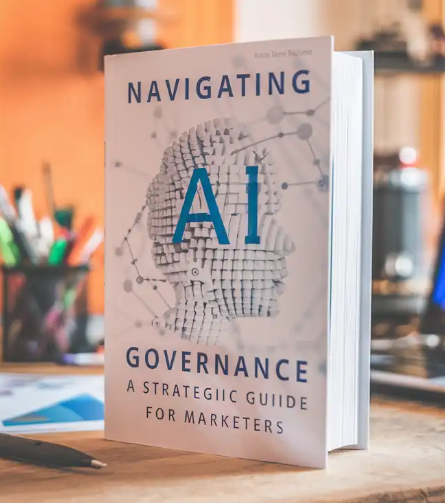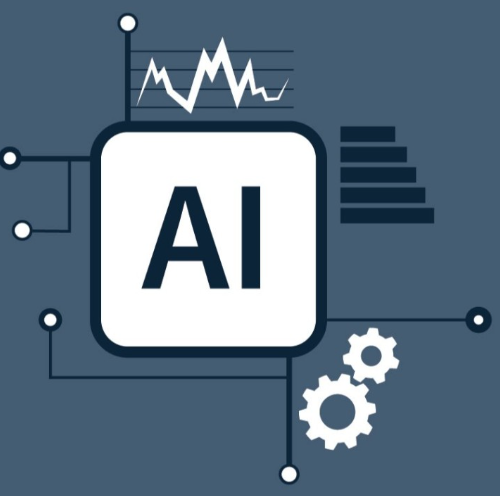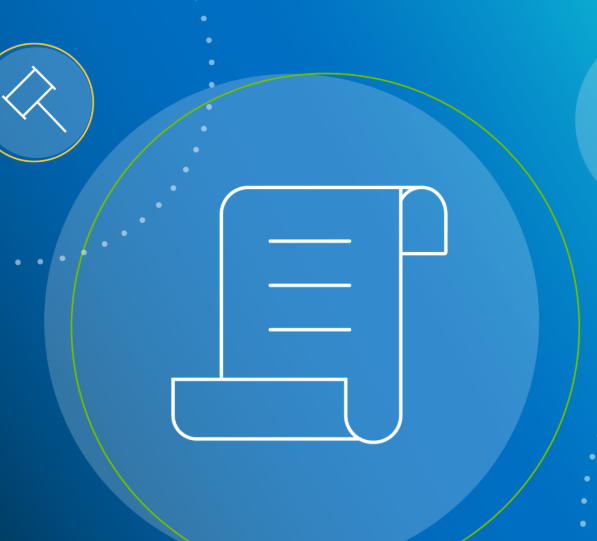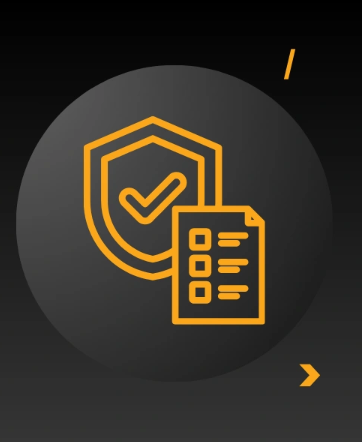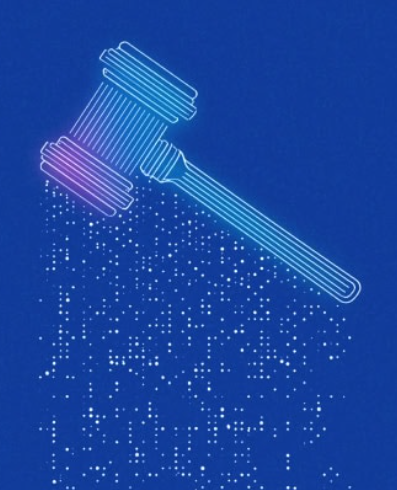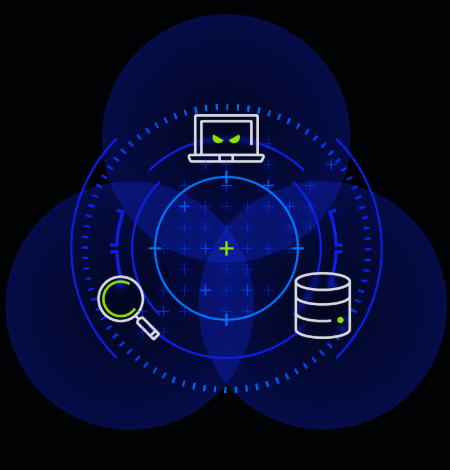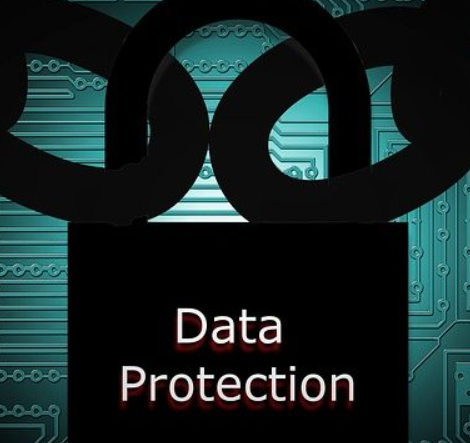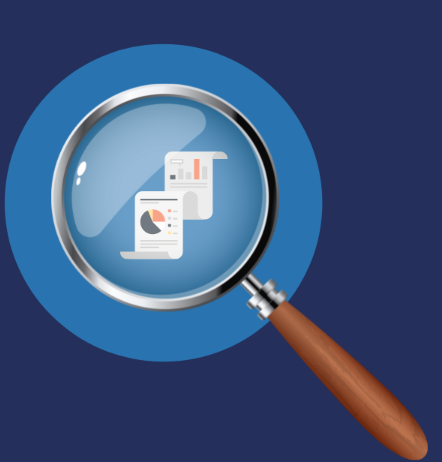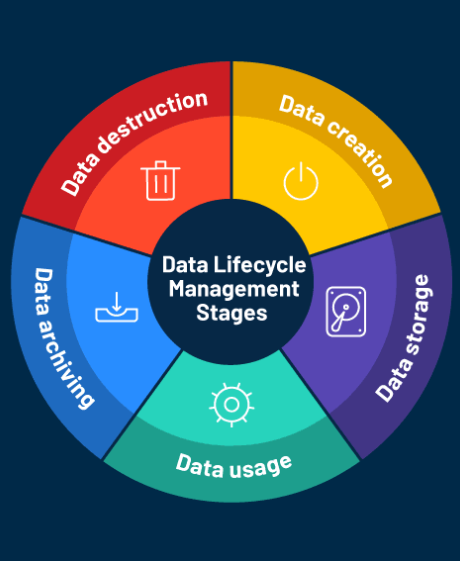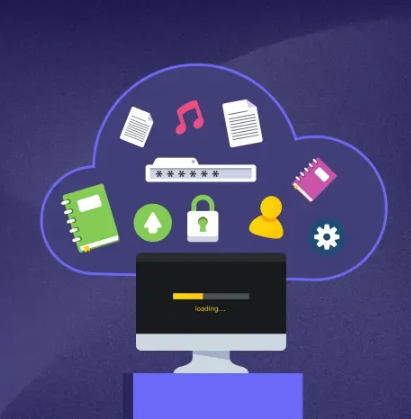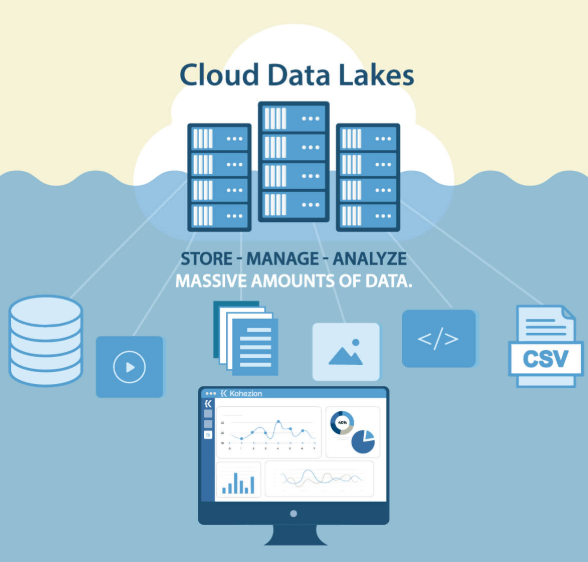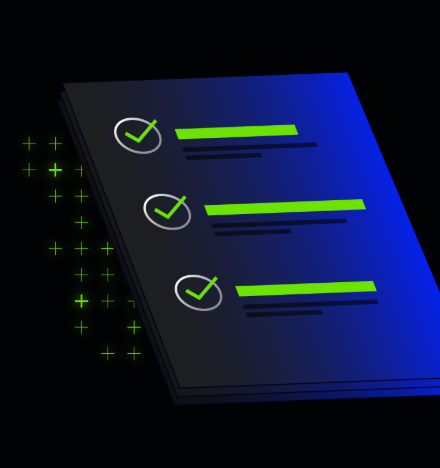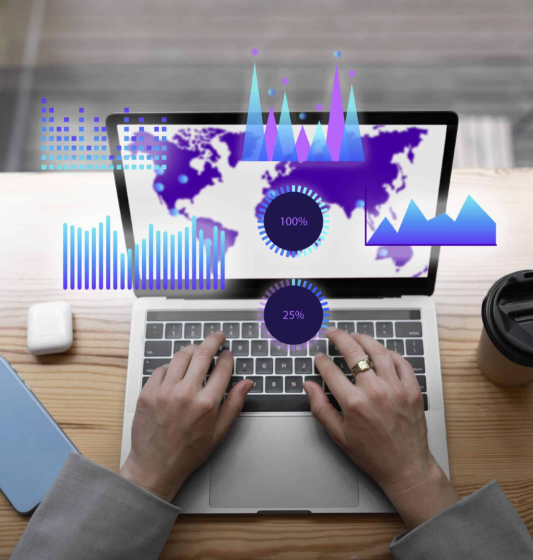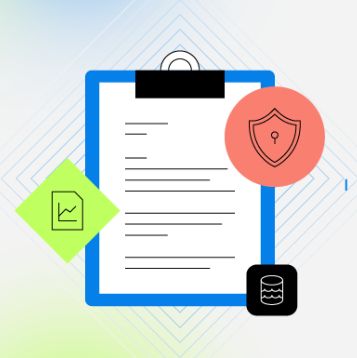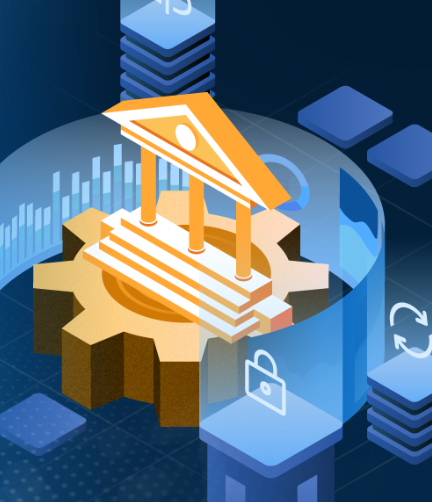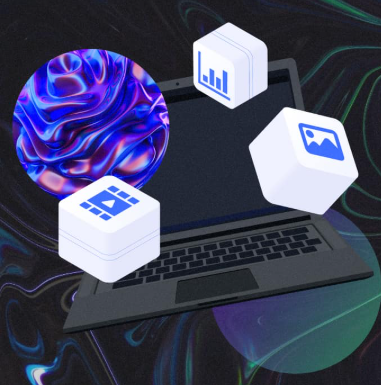
In today’s data-driven world, effective governance is essential for managing enterprise data. Businesses handle vast amounts of information daily, and managing it securely and efficiently is crucial for maintaining operations and complying with regulations. However, data governance and technical governance (IT governance) are two critical, yet often misunderstood, components of a comprehensive governance strategy. While they are interdependent, they focus on different aspects of data management.
What Is Data Governance?
Data governance is the business-driven oversight of data within an organization. It involves defining what data means for the business, how it’s used, and how it’s protected. Key elements of data governance include:
- Data Classification: Categorizing data based on its sensitivity and usage.
- Privacy Standards: Ensuring compliance with regulations like GDPR, HIPAA, and CCPA.
- Data Accessibility: Defining who can access specific data and under what conditions.
- Usage Policies: Establishing how data should be stored, processed, and shared.
Why Data Governance Matters
Effective data governance ensures that organizations can rely on the quality and security of their data. It also helps in meeting regulatory requirements and reducing the risk of fines, breaches, or damage to the organization’s reputation. Without proper governance, organizations may face fragmented processes, shadow IT, and high-risk data silos.
What Is Technical Governance (IT Governance)?
Technical governance, also known as IT governance, focuses on the operational side of managing data. It deals with the systems, networks, and infrastructure that store, protect, and process data. The key areas of technical governance include:
- Data Storage and Backups: Ensuring data is backed up and business continuity is maintained.
- Access Controls: Managing who can access systems and data.
- Data Security: Implementing measures such as encryption and multi-factor authentication to protect sensitive data.
- Operational Resilience: Ensuring systems remain operational during failures or cyberattacks.
Why IT Governance Matters
IT governance is critical because the policies defined by data governance must be executed through IT systems. When data governance and technical execution are misaligned, it can lead to security vulnerabilities, inefficiencies, and operational disruptions.
The Gap Between Data Governance and Technical Governance
While data governance focuses on defining data policies and principles, technical governance ensures those policies are implemented effectively through IT systems. Unfortunately, many organizations manage these areas separately, which can create several challenges, including:
- Disconnected Workflows: Business data policies may not be effectively executed by IT teams due to lack of integration.
- Shadow IT: Departments may bypass IT systems, creating unmonitored data repositories vulnerable to breaches.
- Data Silos: Sensitive information may be scattered across different platforms without proper classification or oversight.
- Compliance Risks: Regulatory non-compliance, such as violations of GDPR or HIPAA, often stems from fragmented governance.
Why Unified Governance Is Essential
To succeed in managing data securely and efficiently, organizations must unify data and technical governance. This alignment offers several benefits:
- Consistent Policy Enforcement: A unified governance system ensures consistent policy application across all data repositories.
- Stronger Compliance: It ensures that the organization adheres to privacy regulations.
- Improved Efficiency: By integrating workflows, organizations can reduce manual errors and streamline processes.
Congruity360’s Unified Governance Approach
Congruity360 offers a solution that bridges the gap between data governance and technical governance. Its platform integrates data policies with IT systems to ensure that business-defined policies are enforced across cloud, on-premises, and hybrid environments. Here’s how Congruity360 simplifies governance:
- Automated Data Classification: Congruity360 scans all data, including unstructured data, to automatically detect and classify sensitive information.
- Metadata-Driven Insights: The platform uses metadata to apply context-aware classification, ensuring data is tagged accurately.
- Secure Access Controls: Congruity360 integrates with your IT security framework to enforce role-based access controls, ensuring that only authorized personnel can access sensitive data.
- Real-Time Visibility: The platform provides real-time insights into where your sensitive data resides and how it is being used, making it easier to manage and secure.
- Seamless Integration: Congruity360 works seamlessly with existing IT systems and governance tools, providing a comprehensive and integrated solution for data security and compliance.
Real-World Example: A Healthcare Organization
Consider a healthcare provider that must comply with HIPAA regulations to protect patient health information (PHI). The IT team must ensure secure access across multiple platforms while tracking user activity.
With Congruity360, the healthcare provider can:
- Automatically classify datasets containing PHI.
- Apply IT access restrictions based on metadata tags, such as encrypting or archiving data after a certain period.
- Achieve seamless implementation of policies without manual intervention, ensuring compliance without disrupting operations.
Key Benefits of Congruity360’s Approach
- Enhanced Data Visibility: Real-time classification ensures accurate monitoring of sensitive data across all platforms.
- Operational Resilience: Policies remain actionable even during system migrations or cloud transitions.
- Cross-Department Collaboration: A unified governance approach fosters collaboration between business and IT teams, improving efficiency and security.
- Scalability: The solution is scalable and supports organizations of all sizes, from small businesses to large enterprises.
Scaling Your Governance Strategy
Organizations need both data governance and IT governance to operate effectively. By aligning these two functions, businesses can improve security, efficiency, and compliance. Congruity360’s solutions offer the automation and integration necessary to bridge the gap between business oversight and IT execution, ensuring your organization meets both current and future governance challenges.









